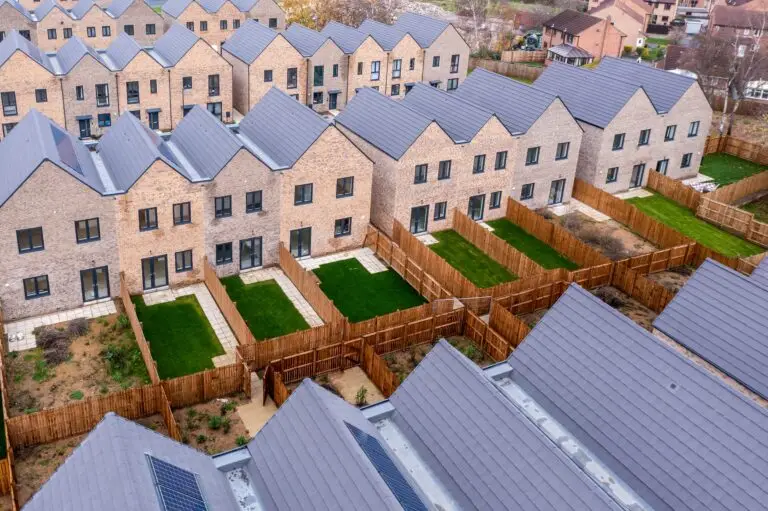Labour has unveiled plans to release ‘grey belt’ land as part of the party’s bid to create 1.5 million new homes. With Labour’s announcement comes the introduction of the party’s ‘five golden rules’ for grey belt development, which is aimed at ensuring the creation of affordable housing while safeguarding natural green spaces and public services.
The designation of grey belt land would apply to neglected areas within the green belt, such as disused car parks and poor-quality wastelands. Labour argues that by prioritising development in these grey belt areas, they can boost housebuilding and meet targets without building on “genuine nature spots”, emphasising that it will set tough conditions for releasing green belt land for house building.
Key to Labour’s strategy is a commitment to prioritising brownfield sites for development, recognising the importance of repurposing previously used land before considering greenfield or green belt areas.
Additionally, Labour has also pledged that it will ensure that any new housing plans include a minimum of 50% affordable housing.
Despite facing criticism, Labour Leader Sir Keir Starmer has asserted the necessity of building on green belt land in order to meet demand for housing and has insisted he is ready to confront obstacles within government, highlighting the urgency of the housing crisis.
Sir Keir Starmer said: “Labour supports brownfield-first policies. But we must be honest, we cannot build the homes Britain needs without also releasing some land currently classed as green belt.
“We’ll prioritise ugly, disused grey belt land, and set tough new conditions for releasing that land.
Matthew Spry from planning consultancy Lichfields praised the policy, stating its potential to significantly benefit England’s housing needs, having said the policy “could transform the ability of England to meet its housing needs,” given that areas with the most pressing need for new homes were often surrounded by green belt. He went on to say that “proper planning assessment would mean only some of it would prove suitable for development, so the vast majority of the green belt would remain intact, but one could easily identify half a million homes from this source of land.”
Meanwhile, Victoria Hills, chief executive of the Royal Town Planning Institute, emphasised that “proportionate reviews of green belts at a strategic level are important for them to serve their intended purpose as a policy tool for preventing urban sprawl.”
Given Labour’s introduction of the ‘grey belt ‘classification, landowners and developers will likely start looking at areas within the green belt with renewed interest. Yet, despite the initiative’s aims, opposition at local level is likely to occur.
Developers should prioritise building and maintaining strong relationships with local communities and stakeholders which in turn can help to streamline the planning process.





